Asian catfish is one of the largest aquaculture commodity products in the world
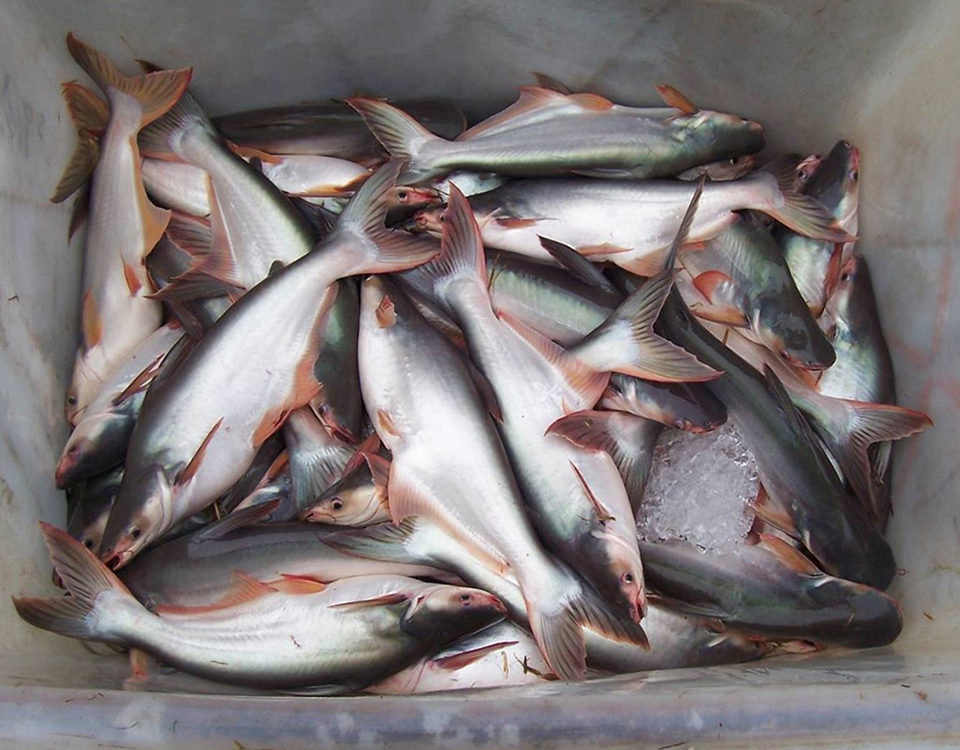
In 1997, the production of the Asian catfish (Pangasius hypophthalmus) in Vietnam was 22,500 metric tons (MT). A decade later, production reached 1 million MT and was exported to 65 countries worldwide.
Today pangasius ranks behind only shrimp, salmon and tilapia, the largest aquaculture commodity products in the world. Its rapid ascent to the top of the world aquaculture markets is a tribute to the fish and to the Vietnamese who realized the tremendous potential that it held.
Fast development
Little more than 10 years ago, pangasius was a regional aquaculture product whose production depended largely on the capture of fingerlings from the Mekong River. Although pangasius were recognized to have excellent qualities as an aquaculture species, the reproduction of the species was difficult to achieve on a commercial scale.
The problem was resolved by the cooperative efforts of French and Vietnamese researchers, who developed and refined hormone spawning techniques that led to the mass production of pangasius fingerlings. This permitted large-scale expansion of the industry with an eye toward developing export markets.
Market, trade issues
At the onset of the new millennium, Vietnam was opening its doors to world trade and new economic opportunities. In 2001, the United States signed a bilateral trade agreement with Vietnam in a signal of improved relations between the two former adversaries.
The Vietnamese began exporting pangasius fillets, which were well accepted by the U.S. market, and sales began to increase. The arrival of a new catfish fillet from Vietnam was not well received, however, by the Catfish Farmers of America (CFA). The group promptly lobbied congressmen to enact legislation that determined pangasius from Vietnam could not be sold as catfish in the U.S. In addition, the Department of Commerce assigned import tariffs of 38 to 64 percent on imported pangasius fillets.
This turn of events effectively halted the development of the pangasius market in the U.S. and left the Vietnamese searching for alternative outlets for their product. As a result of their renewed efforts, two major effects were achieved: New markets were established for pangasius throughout the world, and a wide array of value-added products were developed for the Vietnamese and Asian markets. The end result became a real success story for pangasius as an aquaculture species.
An interesting aside is that the void left unfilled by the pangasius in the U.S. was soon filled by imported tilapia fillets from Asian and South American countries, while production and sales of domestically produced channel catfish declined. Today, pangasius outsell tilapia in Europe and many other consumer nations with the exception of the United States.
Since the dramatic rise of pangasius on world aquaculture markets, Vietnam has remained the dominant producer and in firm control of the industry. Although pangasius are produced as a food fish in other tropical Asian countries, no other country has yet reached a competitive status on the world market.
Vietnam recently banned the export of pangasius fingerlings in a seeming effort to avoid the introduction of the species to other tropical regions of the world. Nonetheless, the additional importance of P. hypophthalmus in the ornamental fish trade – where it is known as the iridescent shark – has made the fish widely available to culturists for many years.
Aquaculture attributes
A number of factors have combined to permit the success of pangasius as an emerging aquaculture species. They are fast-growing fish that can reach 1 kg in about eight months and grow to more than 6 kg as adults. Pangasius are resistants to low dissolved oxygen and can breathe air as necessary.
Pond production levels range 200 to 300 MT per hectare, more than four times that achieved with tilapia. Pangasius are mostly vegetarian, requiring as little as 4 percent fishmeal in diets. They accept a wide variety of foodstuffs, as well as commercial diets. Feed conversion using prepared diets is around 1.4.
Pangasius are highly fecund and can be spawned multiple times during the year. They easily reproduce upon demand using standardized techniques of hormone-induced spawning.
The scaleless pangasius are easily processed and deliver a fillet yield of around 35 percent. The mild, fine-grained flesh is suitable for use in a wide variety of preparations or value-added products enjoyed by consumers throughout the world.
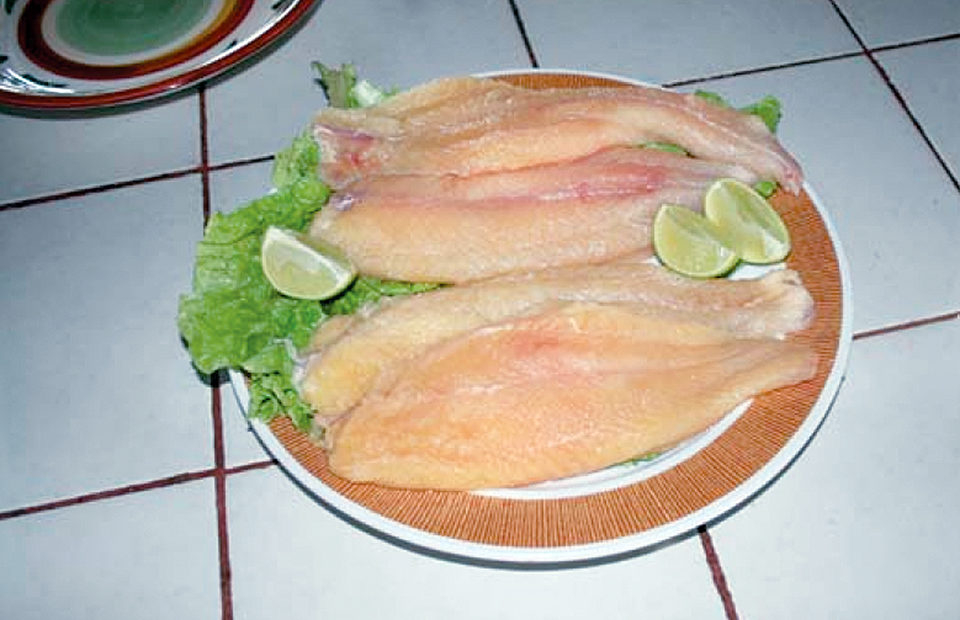
Industry expansion
Pangasius have risen to take a place among the world’s foremost aquaculture products. However, their commercial production remains centered in Vietnam. This is in contrast to other commodity species such as tilapia, white shrimp and salmon, whose culture has expanded to suitable environments worldwide.
It is likely that as the demand for cultured seafood continues to increase, pangasius aquaculture, too, will become more widespread. The experience of Caribe Fisheries in Puerto Rico over the last six years, for example, has indicated that pangasius can be successfully reproduced and cultured in tropical regions of the Western Hemisphere.
(Editor’s Note: This article was originally published in the July/August 2008 print edition of the Global Aquaculture Advocate.)
Now that you've reached the end of the article ...
… please consider supporting GSA’s mission to advance responsible seafood practices through education, advocacy and third-party assurances. The Advocate aims to document the evolution of responsible seafood practices and share the expansive knowledge of our vast network of contributors.
By becoming a Global Seafood Alliance member, you’re ensuring that all of the pre-competitive work we do through member benefits, resources and events can continue. Individual membership costs just $50 a year.
Not a GSA member? Join us.
Author
-
Michael V. McGee, Ph.D.
Caribe Fisheries Inc.
Road 117, Km 9.9
La Plata, Lajas, Puerto Rico[109,111,99,46,104,115,105,102,101,98,105,114,97,99,64,101,101,103,99,109,118,109]
Tagged With
Related Posts
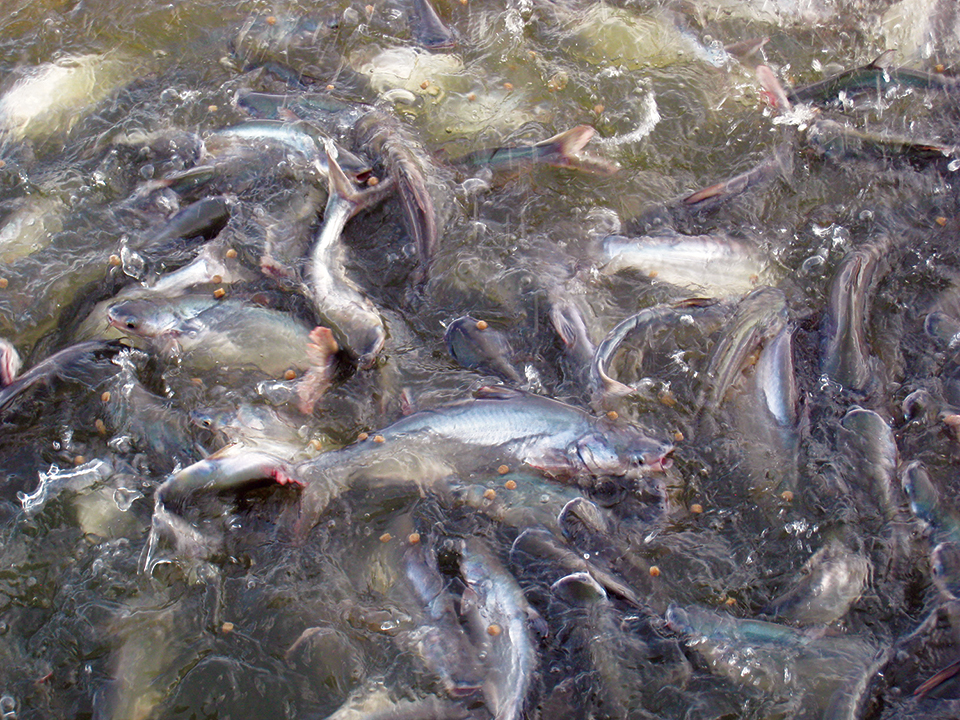
Health & Welfare
Amino acid supplementation reduces protein levels in pangasius diets
Trials show that supplementation with amino acids could reduce protein levels from a typical 28 percent to 23 percent in pangasius diets.
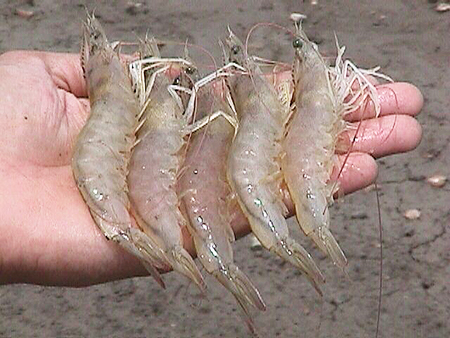
Health & Welfare
Botanical extracts improve productivity of shrimp, pangasius
In a study with pangasius, dietary administration of a blend of botanical extracts improved performance, reducing intensity of gill parasite infestation.
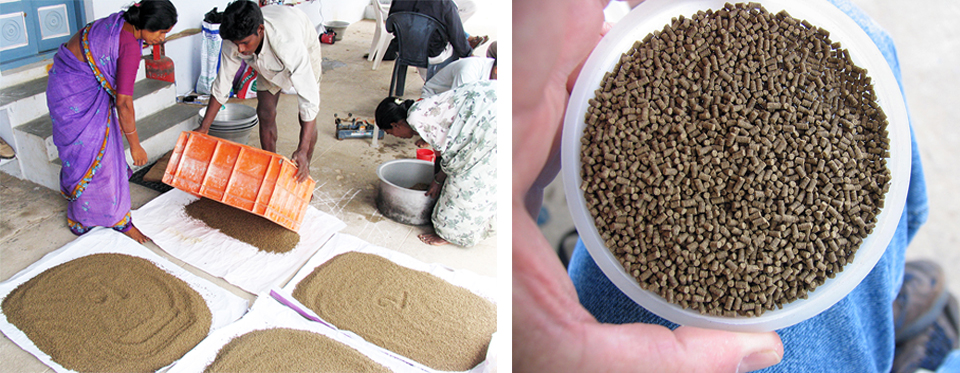
Aquafeeds
A look at India’s fish feed industry
India's fish-farming industry makes limited use of modern feeds, providing potential for the feed sector to grow. Commercial feeds are predominantly used for pangasius farming, followed by a rising popularity in carp culture.
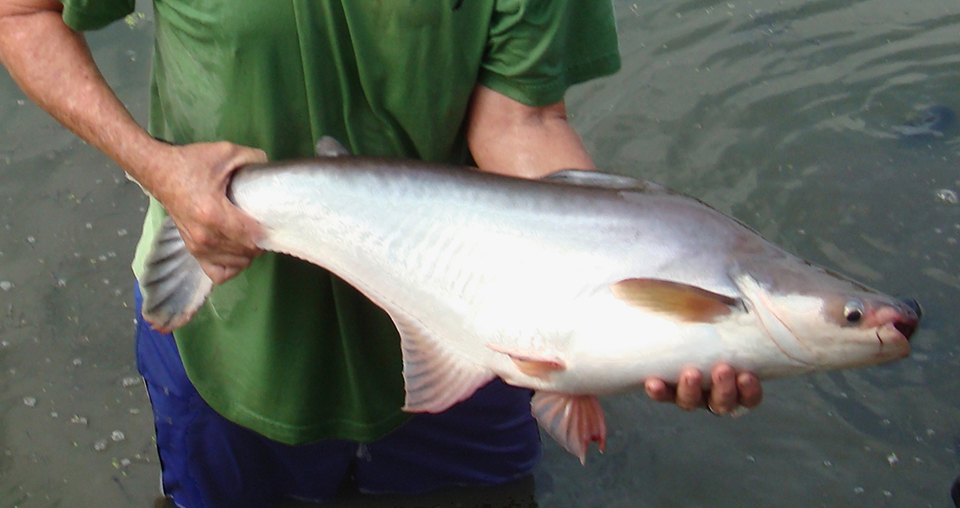
Health & Welfare
Advances in fish hatchery management
Advances in fish hatchery management – particularly in the areas of brood management and induced spawning – have helped establish aquaculture for multiple species.


